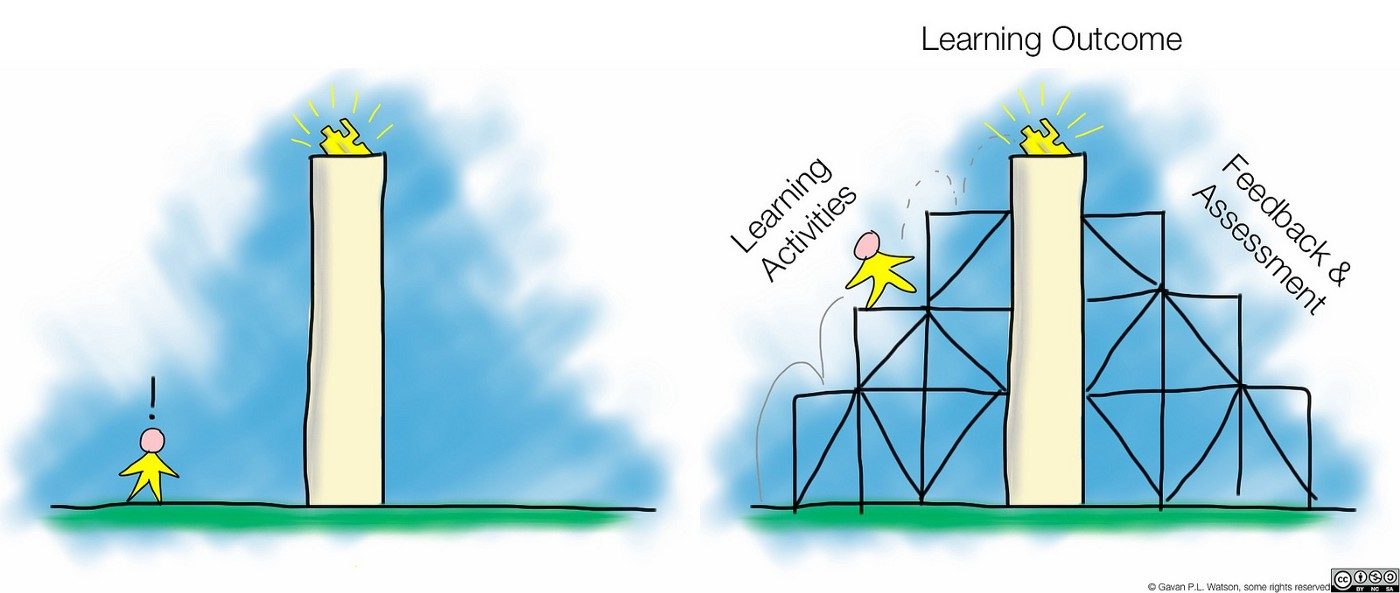How do students learn? How can we help them? These two questions have been addressed in many studies, especially in the education landscape, and researchers have proposed various techniques.
One of effective techniques for helping students achieve learning objectives and move upward with gradual progress is scaffolding. What is scaffolding?
Scaffolding is a technique in which teachers gradually shed assistance as students increase their understanding. The teachers provide successive levels of temporary support in learning, which help students reach higher levels of understanding and skill acquisition. Therefore, learning is like ‘climbing a ladder’. In this technique, teachers must know where the students are, in terms of their levels of understanding and skills. From there (and based on the students’ prior knowledge and skills), teachers share new knowledge or demonstrate new skills, at a higher level. Then, the teachers step back and give students opportunities to practice on their own, to climb the ladder – one step. This can be done both individually or in groups.
With this technique, teachers can provide support more relevant to students’ learning. Learning pace can also be adjusted to students’ level and speed. As both teachers and students know ‘where they are’ – the level, learning will be more realistic and achievable, especially for students. Less burdensome.
